How MU-MIMO and Beamforming can improve performance on 802.11/ac (Guest Blog)
By Marcelo Ferreira On 10/28/2021
In this article I will demonstrate how enabling MU-MIMO with Beamforming on 802.11/ac can significantly increase the performance on clients.
First, I want to give some background on what MU-MIMO and Explicit Beamforming on 802.11/ac is. Before 802.11/ac it was possible to communicate with one device at time and with MU-MIMO now it's possible to communicate with up to 4 devices at same time
The MU-MIMO is only supported on 802.11/ac and 802.11/ax devices. It's not supported on 802.11/n devices.
802.11/n uses SU-MIMO as shown below in the example:
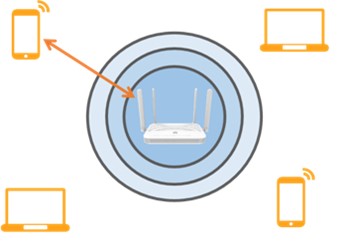
Beamforming on SU-MIMO (Sounding Process):
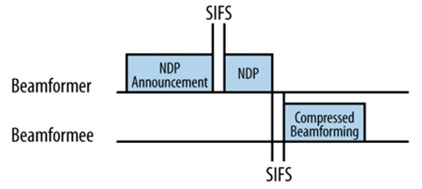
In 802.11/n, Beamforming (TxBF) is an important mechanism that allows transmitting data using multiple antennas with various copies of the same data to the receiver in a constructive Multipath which result in a better SNR (Signal-to-Noise Ratio). It improves the signal strength concentrating the signal to the device that supports it.
Beamforming phase of SU-MIMO
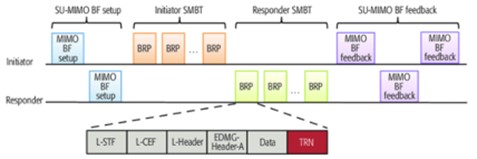
Now talking about MU-MIMO and Explicit Beamforming on 802.11/ac
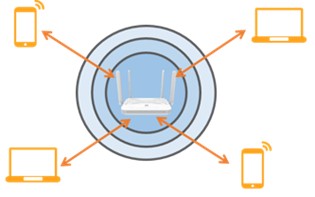
Beamforming on MU-MIMO (Sounding Process):
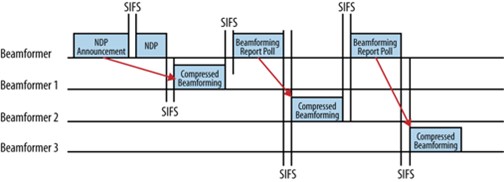
Different from TxBF shown above, explicit beamforming depends on AP and client known as Beamformer (AP) and Beamformee (Client) to communicate and this process is called channel sounding and it's based on NDP packets also known as Null Data Packet.
The idea with this article is to demonstrate below how MU-MIMO can increase the performance when sending data to multiple users. I am going to demonstrate a scenario where I disabled the MU-MIMO and tested with iperf3 traffic with single device communication with MU-MIMO disable, multiple device communication with MU-MIMO disables and the same 2 tests with MU-MIMO enabled.
The topology below is composed by a 3:3:2 AP which means 3 Tx Antennas + 3 RX Antennas and 2 Spatial Streams of data at same time. Devices with 3 Spatial Streams will only use 2 Spatial Streams because of the limitation of AP and devices with only 1 Spatial Stream will be limited to only 1 Spatial Stream communicating to AP.
Test Topology – LAN Speed – 100Mbps
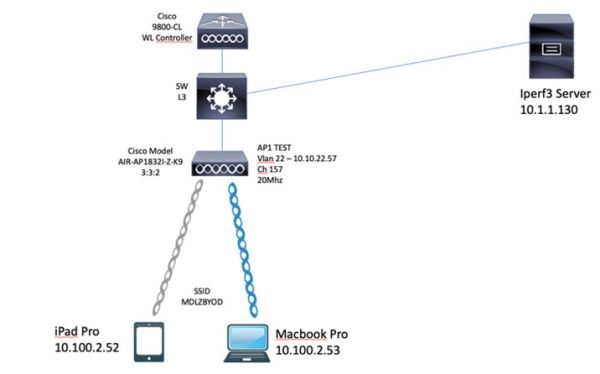
The topology above shows 2 devices communicating to AP and vice-versa but the figure is only to show how the devices communicate in the infrastructure of the tests. In this topology I am not representing MU-MIMO or Beamforming, I will do this below in the tests.
Note below that when I disabled the MU-MIMO option in the controller it automatically disabled the beamforming capacity and enabled STBC (Space-Time Block Coding) which is a method where 2 or more antennas transmit same information when the number of antennas is even, in our tests we have 3 Antennas on the test AP.
1 - Test performed with MU-MIMO disable. Single client test with laptop and tablet using iperf3
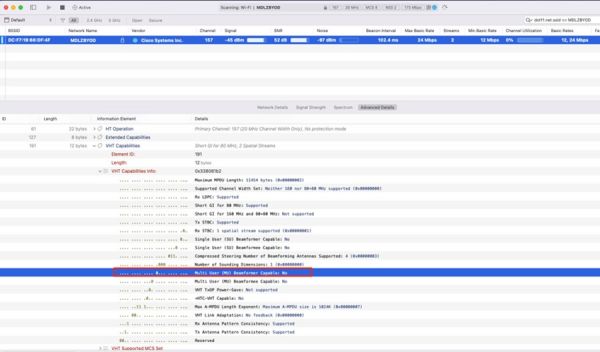
Macbook Pro
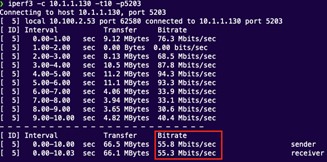
iPad Pro
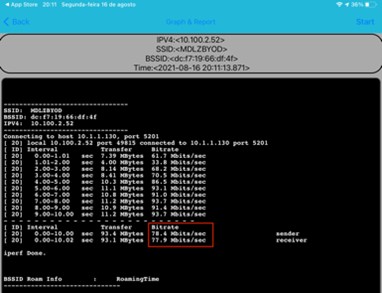
2 - Test performed with MU-MIMO disable. Multiple client test with laptop and tablet using iperf3
Macbook Pro
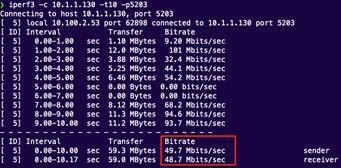
iPad Pro
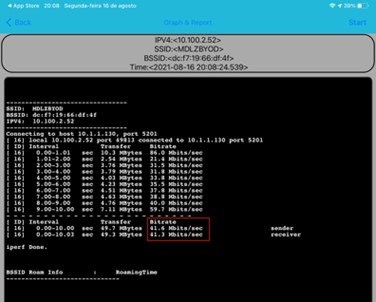
3 - Test performed with MU-MIMO Enabled. Single client test with laptop and tablet using iperf3
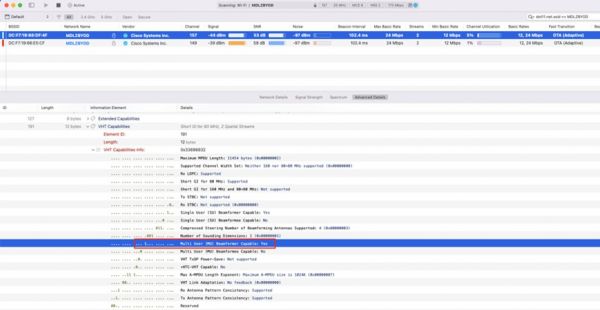
Macbook Pro ( ~32% improvement)
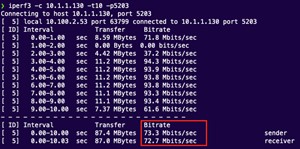
iPad Pro (~16% improvement)
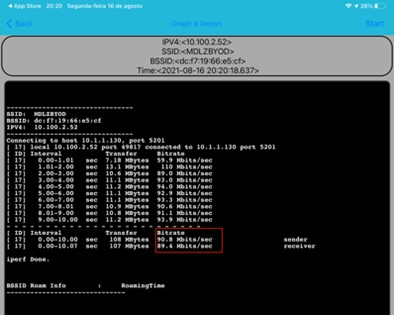
4 - Test performed with MU-MIMO Enabled. Multiple client test with laptop and tablet using iperf3
Macbook Pro ( ~20% improvement)
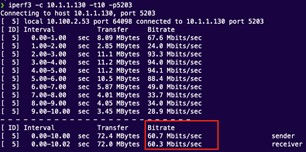
iPad Pro ( ~40% improvement)
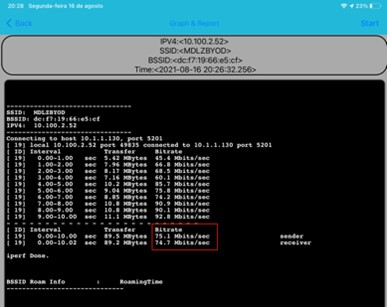
Blog Disclaimer: The opinions expressed within these blog posts are solely the author’s and do not reflect the opinions and beliefs of the Certitrek, CWNP or its affiliates.



